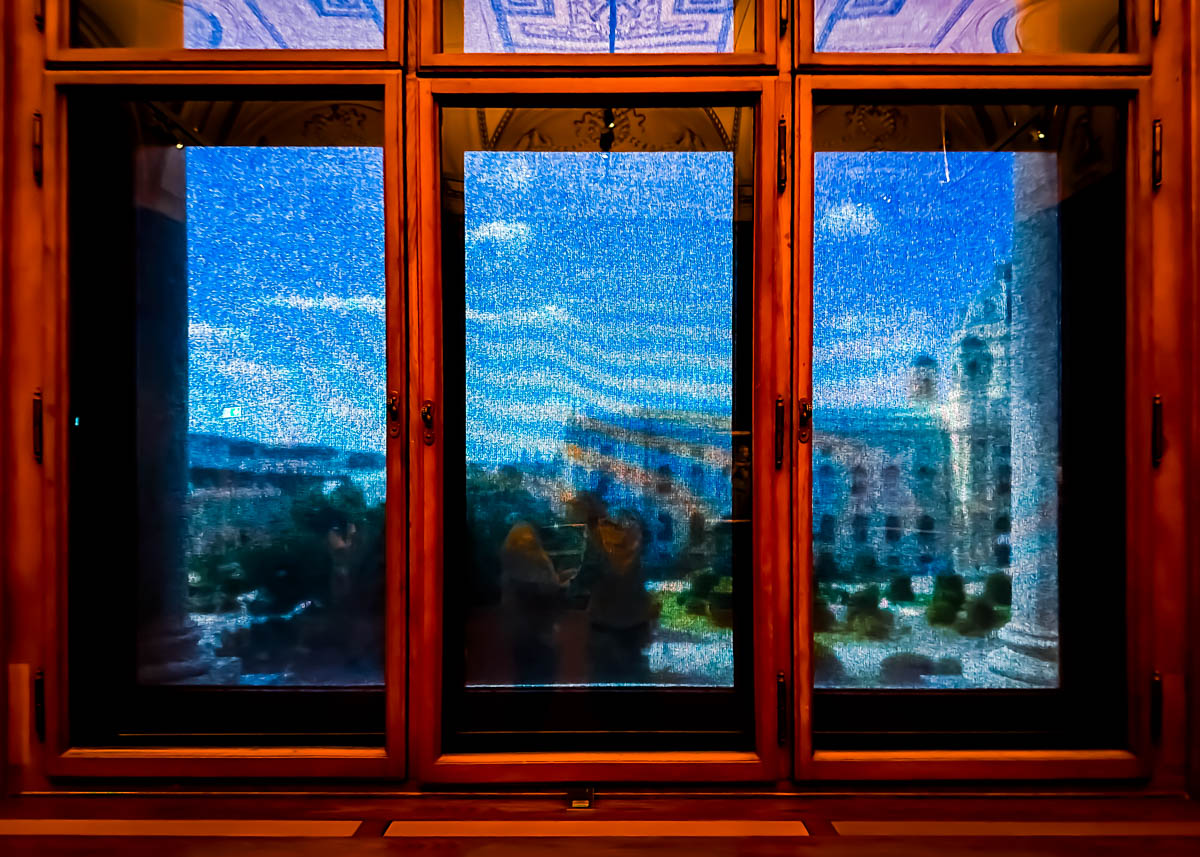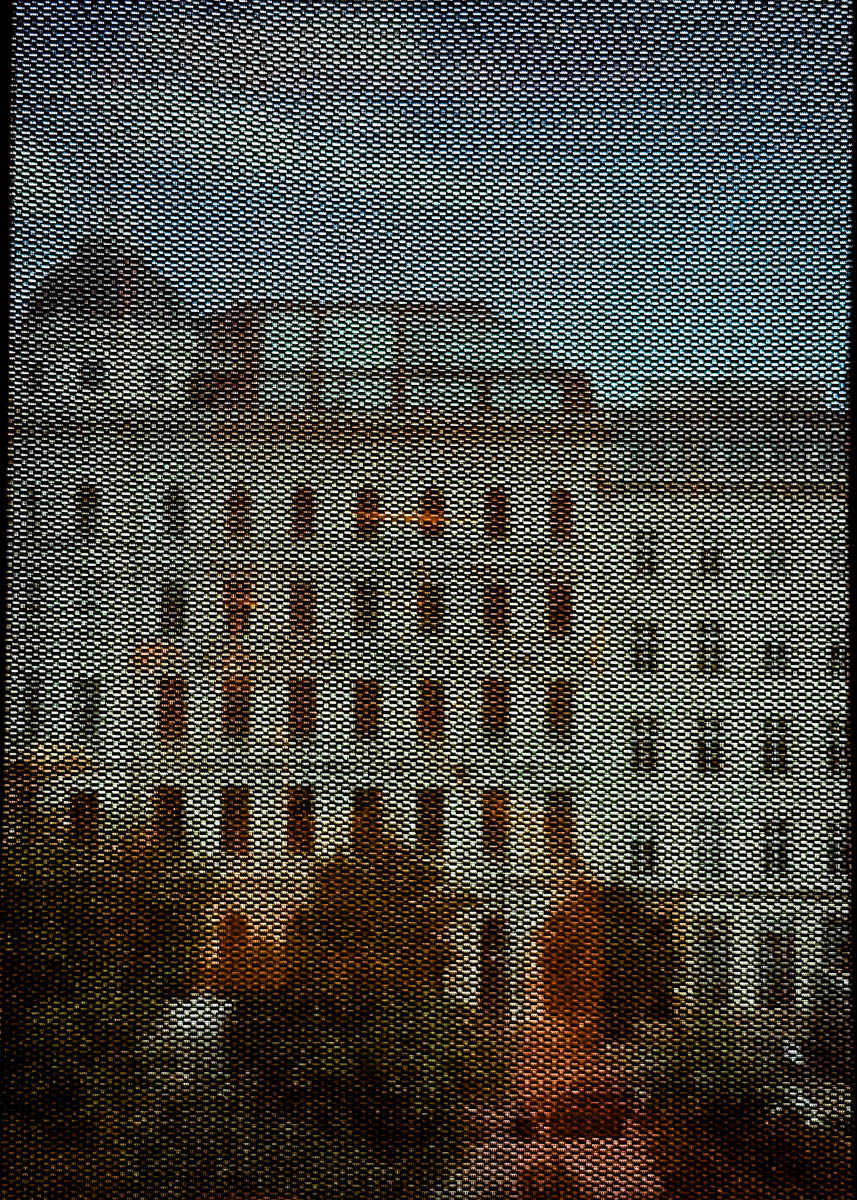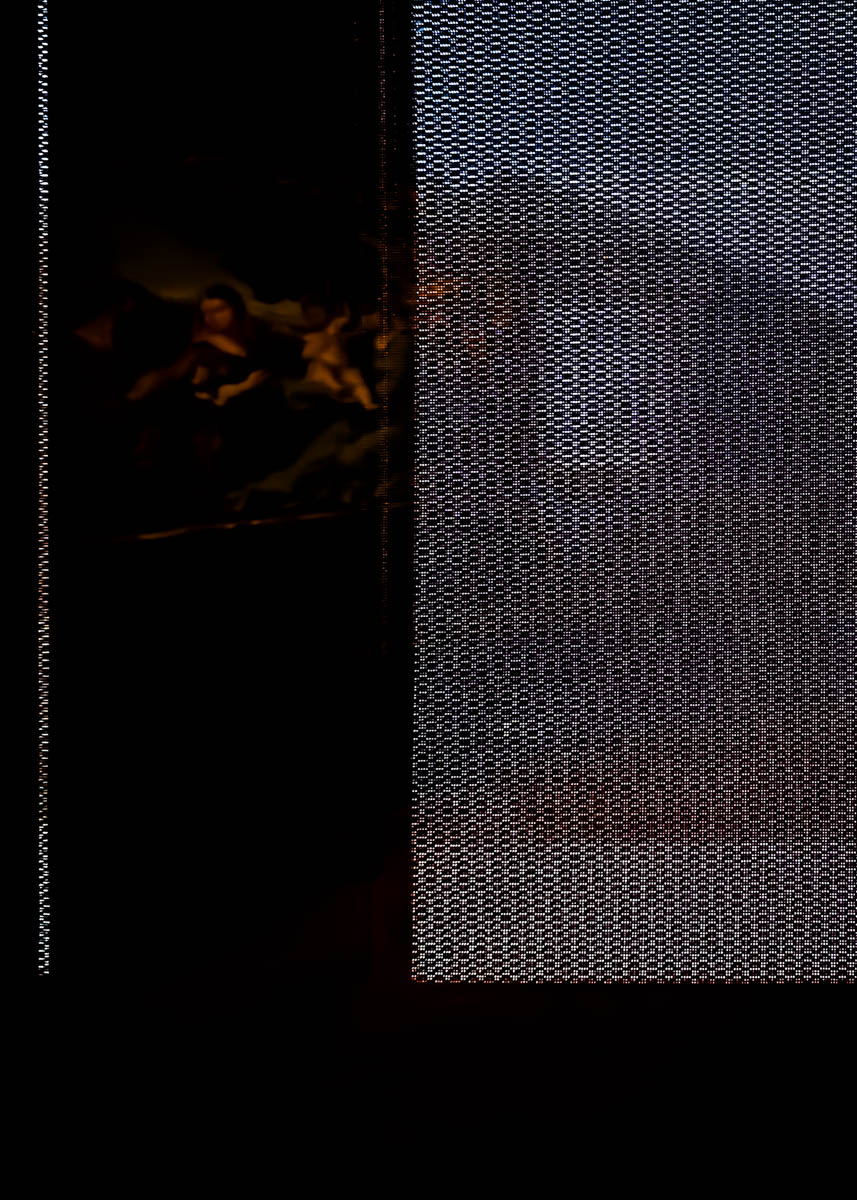
AURA is a conceptual photo-text work by luke kurtis that examines the historical evolution of perception and tradition by exploring the ritualistic and historical significance of art. It considers how the photographic process, from its early days to the era of smartphones, influences human perception, shaping and redefining the meaning of art.
Through a series of carefully selected quotations and abstracted images, AURA invites reflection on the transformation of art from ancient ritual to modern experience facilitated by photography and smartphones. The work highlights shifts in how art is understood and valued, emphasizing the role of technological advancements in altering our engagement with visual culture.
The photos were made at the Kunsthistorisches Museum in Vienna.
The texts were appropriated from “The Work of Art in the Age of Mechanical Reproduction” (1935) by Walter Benjamin, translated by Harry Zohn.
The AURA title was conceived by the artist and drawn with marker on paper. The texts are set in Lucidia Console.
i
During long periods of history, the mode of human sense perception changes with humanity’s entire mode of existence.

ii
The uniqueness of a work of art is inseparable from its being imbedded in the fabric of tradition.
Even though the public presentability of a mass originally may have been just as great as that of a symphony, the latter originated at the moment when its public presentability promised to surpass that of the mass.

iii
It is significant that the existence of the work of art with reference to its aura is never entirely separated from its ritual function. In other words, the unique value of the “authentic” work of art has its basis in ritual, the location of its original use value. This ritualistic basis, however remote, is still recognizable as secularized ritual even in the most profane forms of the cult of beauty.

iv
The elk portrayed by the man of the Stone Age on the walls of his cave was an instrument of magic.
Only later did it come to be recognized as a work of art.

v
Certain statues of gods are accessible only to the priest in the cella; certain Madonnas remain covered nearly all year round; certain sculptures on medieval cathedrals are invisible to the spectator on ground level.
The cathedral leaves its locale to be received in the studio of a lover of art; the choral production, performed in an auditorium or in the open air, resounds in the drawing room.

vi
If, while resting on a summer afternoon, you follow with your eyes a mountain range on the horizon or a branch which casts its shadow over you, you experience the aura of those mountains, of that branch.

vii
For example, in photography, process reproduction can bring out those aspects of the original that are unattainable to the naked eye yet accessible to the lens, which is adjustable and chooses its angle at will. And photographic reproduction, with the aid of certain processes, such as enlargement or slow motion, can capture images which escape natural vision.

viii
The enlargement of a snapshot does not simply render more precise what in any case was visible, though unclear: it reveals entirely new structural formations of the subject.
The camera introduces us to unconscious optics as does psychoanalysis to unconscious impulses.

ix
The painter maintains in his work a natural distance from reality, the cameraman penetrates deeply into its web. There is a tremendous difference between the pictures they obtain. That of the painter is a total one, that of the cameraman consists of multiple fragments which are assembled under a new law.

x
For the first time, captions have become obligatory. And it is clear that they have an altogether different character than the title of a painting. The directives which the captions give to those looking at pictures in illustrated magazines soon become even more explicit and more imperative in the film where the meaning of each single picture appears to be prescribed by the sequence of all preceding ones.

